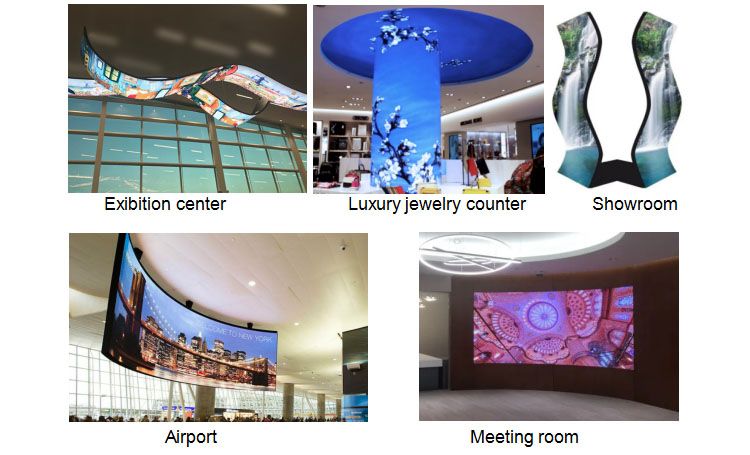Industry news
What is the meaning of high refresh and low gray in small space display?
The problem of high refresh rate and low gray of LED display is related to the chip, drive and control of the display. The low gray problem of small spacing may have a great relationship with the low current characteristics of LED chip, especially to achieve the characteristics of low brightness and high brightness. The main reason is that the brightness of LED display screen is relatively bright!
Generally, the brightness range of various indoor display products is 350 CD / m2 – 500 CD / m2; The brightness range of DLP splicing wall is 250 CD / m2 – 400 CD / m2; The brightness range of the liquid crystal splicing wall is 450 CD / m2 – 700 CD / m2. Because the perception of human eyes to brightness is relative, displays with different light-emitting technologies will give different perception to human eyes. Therefore, the brightness range of LED indoor display is controlled in the range of 100 CD / m2 – 300 CD / m2, which makes human eyes feel more comfortable.
However, at present, the brightness of small spacing LED display screen is reduced to 500 CD / m2, or even from 600 CD / m2 down, the picture has begun to appear obvious gray loss phenomenon, and with the further reduction of brightness, the gray loss is more and more serious, and when the brightness is reduced to below 200 CD / m2, the gray loss of most of the display screen is great, The quality of the picture is almost to the level of “unappealing”. Therefore, if a small spacing LED display with a nominal brightness greater than 1200 CD / m2 is directly applied to the indoor environment, there are only two results: either the high brightness will damage the user’s eyes, or the brightness will be reduced and the gray level will be lost at the same time, and the image quality will be lost.
To sum up, the low gray problem of display screen is still related to the epitaxial process of LED chip. The main reason is to maintain a good linear characteristic of current, voltage and brightness when the chip is low current. In this way, the design of light-emitting layer will be different from that of LED chip for lighting. For example, the number of quantum wells will be less, and the thickness of quantum wells will be wider, Of course, this will lose brightness in high current operation.
